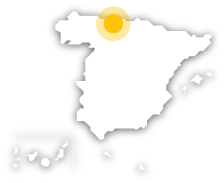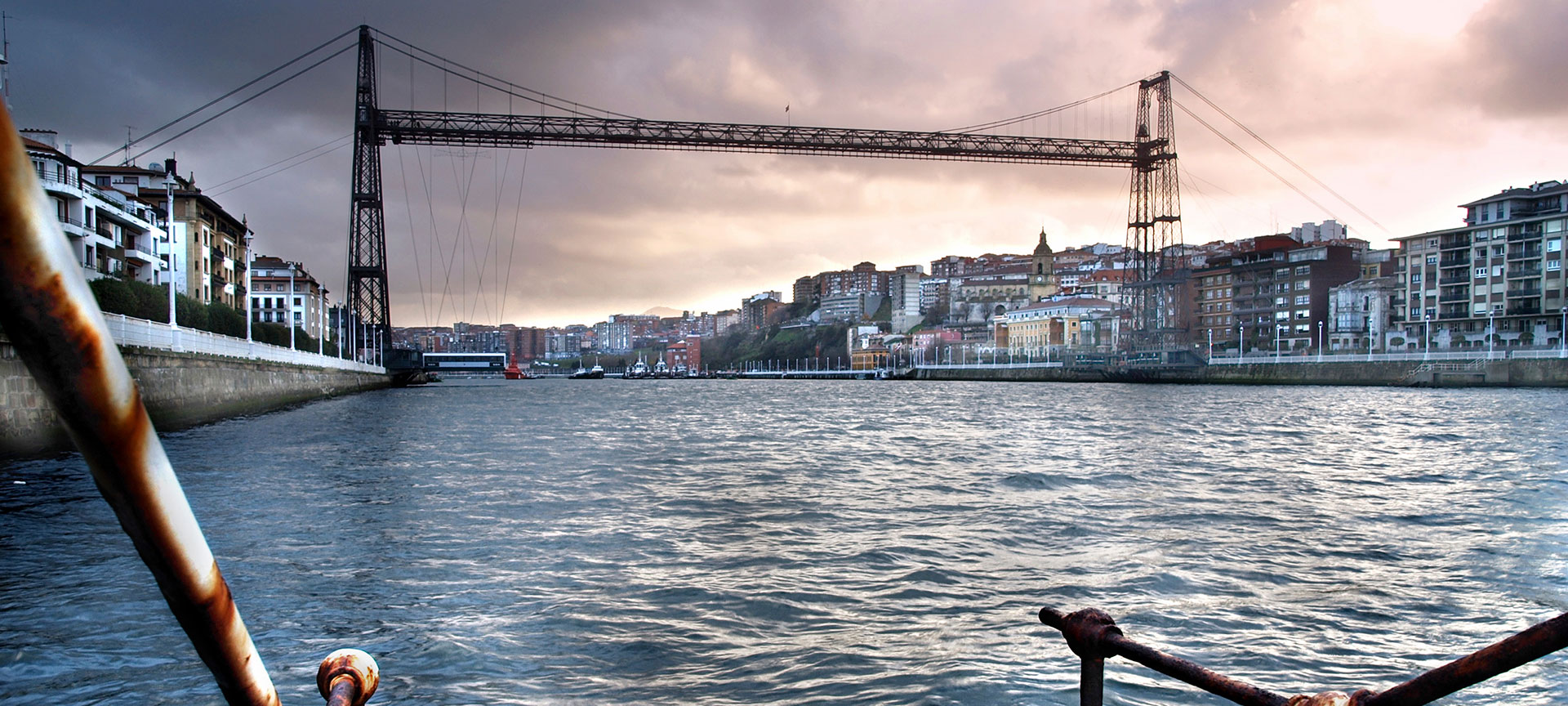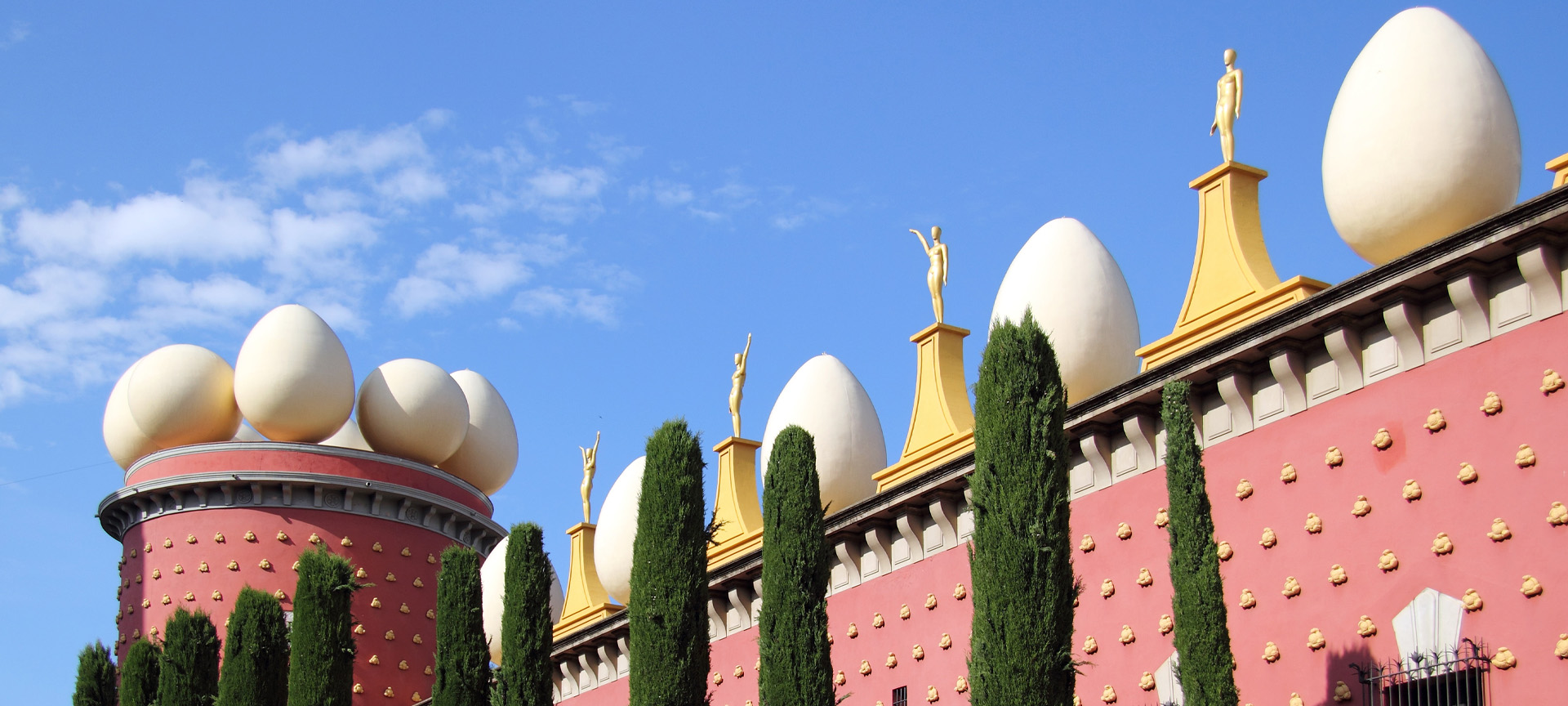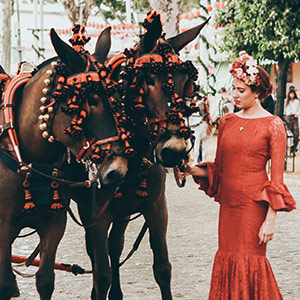
Learning about the first artistic expressions of human beings is a unique experience. So if you are one of those inquisitive people who wants to know when and how it all started, keep reading because the prehistoric caves of Cantabria,in Northern Spain, will reveal some of the answers.
Debe activar Javascript para poder utilizar este servicio
-
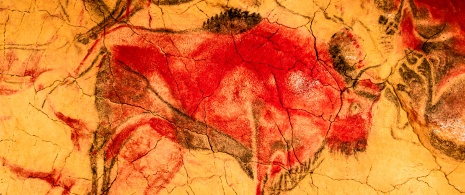
Altamira cave
Declared an UNESCO World Heritage Site in 1985, it has one of the most important pictorial ensembles of prehistoric times and has even been called the “Sistine Chapel of Quaternary art”. Its large series of bison and human handprints on the rock has made it world famous. To maintain its conservation, you cannot go inside, but you can enter a replica site –the Neocave of the Altamira Museum– located a few metres from the original. Altamira marked a turning point and since the mid-80s many prehistoric caves have been declared World Heritage sites. Some of them, which are listed below, are open to the public and are regarded as genuine treasure.
-
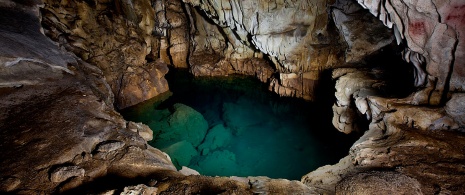
Chufín cave
It was inhabited by the human species over 18,000 years ago, and it is located in the stunning area of the Nansa River valley. The visit takes you through the spacious vestibule (with numerous paintings of deer and bison). After passing through a space with a low roof, it opens out onto a large grotto with more artistic expressions, at the end of which is an artificial lake formed by the reservoir. To get there take the CA-181 secondary road and turn off to the village of Riclones. From there will you find several signposts to the entrance of the cave.The name Chufín comes from a figure in local legend who was said to have hidden treasure in the cave. No one has ever been able to find it. However, there is another form of treasure hidden there; the marvellous ochre red paintings, both on the ceiling and in the engravings around the vestibule.
-
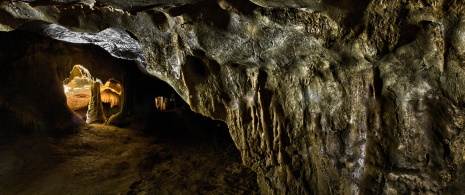
Hornos de la Peña cave
If you want to discover the home of the last Neanderthals in the north of the peninsula and the first Homo sapiens of Cantabria, this prehistoric cave is your destination. It greets its visitors with an engraving of a large horse. In fact, it is one of the few engravings that are still preserved in an outdoor area.Experts have deduced that the cave was probably inhabited around 14,000 years ago. To get a first hand view of a cave painting representing a human form with animal features (reminiscent of shaman and religious art), you need to first get to the town of San Felices de Buelna (CA-170). From there, when you reach Barrio de Rivero, you need to take the road in the direction of Barrio de Tarriba. Once you get there, you need to take a path for almost two kilometres that leads to Monte Tejas, where you will find Peña de los Hornos.
-
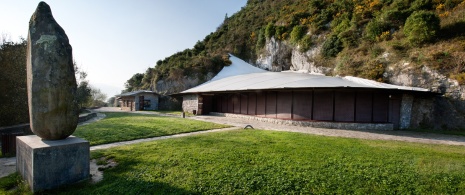
El Castillo cave
One of the first pages about prehistory was written thanks to evidence found in this place, proving that this cave was inhabited none less than 150,000 years ago. It has also been key to the sequencing of prehistory into the four stages that are known today. A total of four prehistoric caves are located in Monte del Castillo hill, next to the River Pas. There is a wide variety of engravings inside: Human footprints, paintings of deer and horses, as well as symbols whose meaning is unknown. Moreover, the diversity of styles, themes and pictorial techniques is what makes this cave unique throughout Spain. It is accessed from the N-623 (Puente Viesgo), taking the CA-703 road toward the caves of Monte Castillo. After one and a half kilometres, you will reach the car park where you can walk about 70 metres to the Visitor Centre.
-
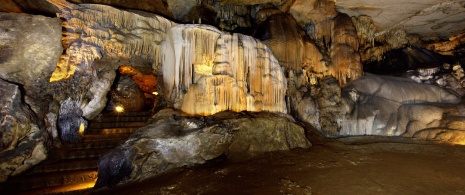
Las Monedas cave
Also located in Monte del Castillo, it contains evidence of its occupation during the Palaeolithic period. Apart from drawings of some of the last prehistoric animals that inhabited the Cantabrian coast, you will be surprised by the calcareous formations, such as stalagmites, columns, coloured karst formations and fine stalactites. This cave is located only about 600 metres from the cave at El Castillo.
-
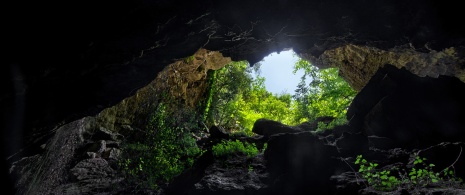
El Pendo cave
When it was excavated in 1878, some artistic wonders were unearthed, such as a bone baton decorated with drawings of horses or engravings of birds and horses on the walls. The discovery of this cave was fundamental in order to study the Paleolithic art of Southern Europe. To discover its historical treasures at first hand, once you reach the town of Revilla de Camargo (N-623), take the turn-off at CA-240 to Puente Arce. When you get to Escobedo de Camargo, you follow the directions towards the area of El Churi where the cave is located.
-
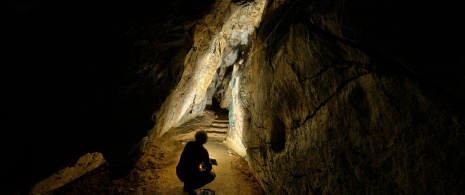
Covalanas cave
Located in the municipality of Ramales de la Victoria, you will simply fall in love with the views from the cave entrance. That’s because the entrance is also a splendid viewpoint from where you can admire the valleys of the rivers River Calera and the River Gándara. It was the second cave to be discovered along the Cantarian coast after the one at Altamira and you will be truly impressed by its stone formations and animal paintings made up of dots, lines and lots of symbols.
-

El Soplao cave
This is a major attraction when it comes to underground tourism. It was discovered at the beginning of the 20th century at an altitude of 540 metres in the Sierra de Arnero, in the Saja-Nansa region. It is accessed by a replica mining train and the tour of the interior, which takes about an hour, is on foot. The cave is fully accessible for people with reduced mobility and can therefore be visited in a wheelchair. La Gorda, Los Fantasmas and La Ópera are its main galleries. For the more adventurous, there is the option of a two and a half hour speleological visit, for which all the necessary equipment is provided (helmet, overalls and waterproof boots) and which allows you to discover the galleries of Campamento, El Órgano and El Bosque for yourself.
Remember that you can book your entrance tickets online so you can visit and learn all about these caves. Choose which one you want to visit, or better still, make an itinerary for visiting a few of them.
